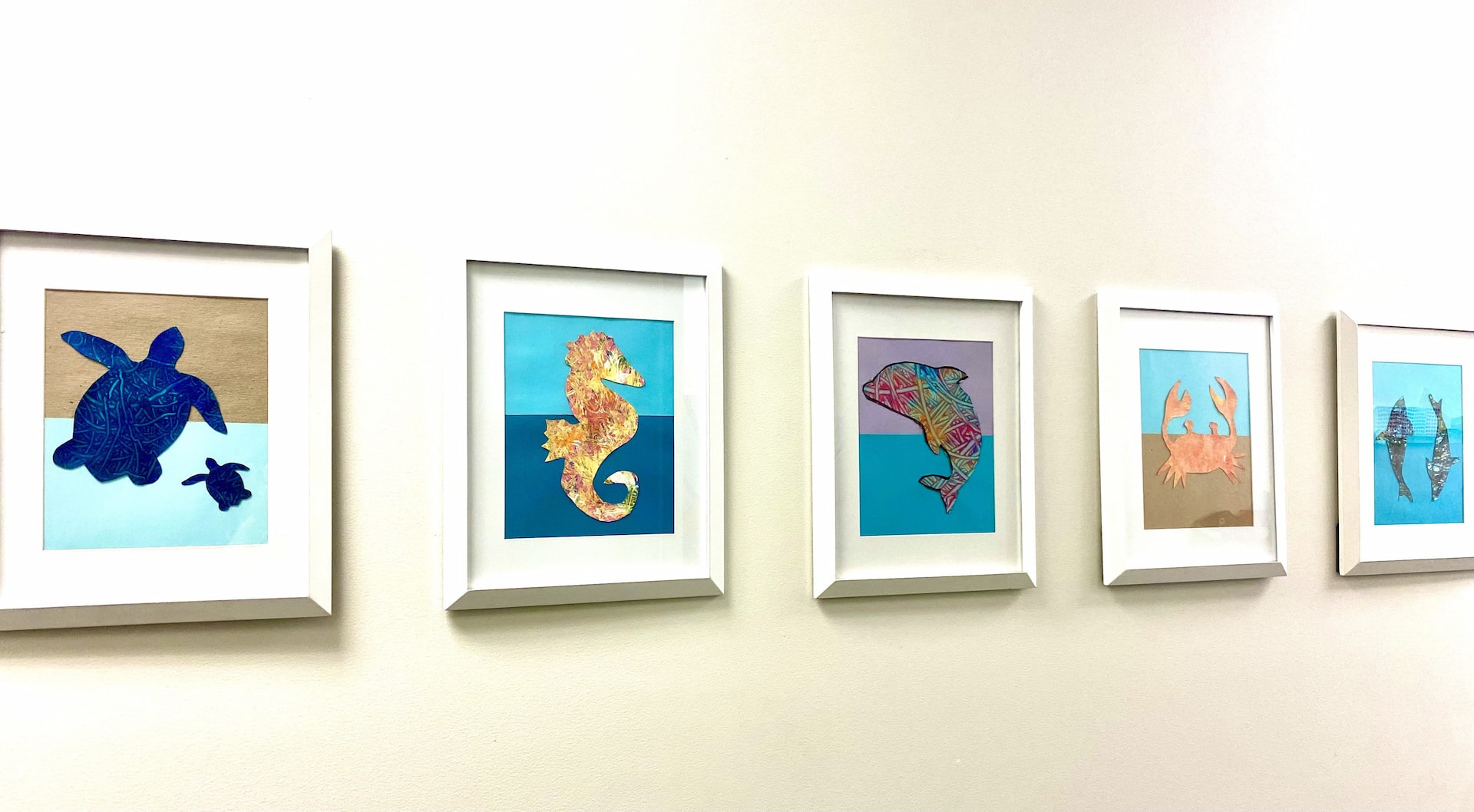
Therapist Tips
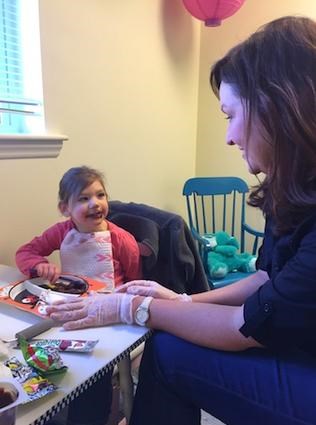
Developing independent spoon feeding skills
By Laurel Thornton, OTR/L
- Postural security is very important. No matter what the seating arrangement, make sure the child’s feet are not dangling.
- Use plates with raised edges to give child something to scoop food against.
- Dycem or other slip proof material such as rubber shelf liner can be placed under the plate to prevent it from sliding.
- Experiment with different types of spoons. There are curved spoons, built up handled spoons, short spoons, spoons with long handles so the adult can guide without touching the child’s hand, heavy spoons, textured spoons, and different colors of spoons. Amazon has an abundance of spoons from which to choose.
- Start with thick foods that stick easily to the spoon such as mashed potatoes or thick oatmeal.
- Start by helping the child scoop and then letting him/her bring the spoon to their mouth.
- Relax and have fun. It will be messy at first, but remember practice makes progress!

Falling asleep...
By Laurel Thornton, OTR/L
We often hear from parents that getting their child to fall asleep and stay asleep at night can be troublesome. The following are some tips that may be helpful:
- Sound machine (preferably white noise as it is a consistent sound)
- Lavender essential oil
- Weighted blanket
- Be mindful of the fabric of sheets and pajamas
- Cooler air temperature
- Consistent bed time and routine (for example: bath, teeth brushing, reading a book or being read to, lights out)
- Finding a lighting situation that works best for your child (some prefer night light)
- Body pillow or large stuffed animal to hold

Feeding…
By Julie W. Smith, COT/L
Keep positive. For resistant or picky eaters, parents are encouraged to focus on the main goal of providing positive food experiences and a stress free environment for everyone at the table, including parents and other siblings. The second goal should be for the child to explore new foods. With busy schedules we do not always sit at the table and enjoy a meal. This is a great time to model trying new foods. Some children start here by simply tolerating new foods near them on the table or on their plates while observing others enjoying the new food.
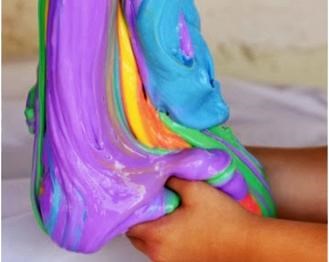
Goop and Slime
By Colleen Rose, ORT/L
Not everyday in the summer is sunny and warm. On those rainy days you can still have fun, work on getting your little one ready for school and strengthen their body and mind. Mix together corn starch and water to make goop or mix a 4oz. bottle of Elmer's glue and 4 tbsp. of liquid starch to make slime for a great sensory experience that also provides resistance and strengthens little hands. Add food coloring and glitter to make it fun!

Handwriting
By Julie W. Smith, COT/L
Incorporate ways to practice letter formation during other activities to decrease frustration. For example practice writing letters on the tiles while in bath tub with shaving cream or bath foam; have kids "walk" oversized letters drawn on the sidewalk with chalk; or allow them to glue fruit loops or cheerios on pre-drawn shapes/letters or numbers.
One great app for letter formation is Tracing ABC. It can be set to easy or hard. Kids can practice tracing letters, sight words by age, and their name. They can use their finger to trace, or a stylus for practice with grasping a writing utensil.
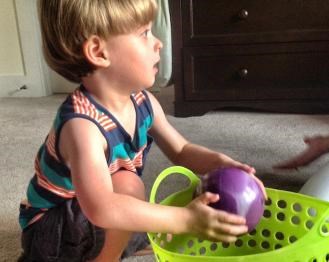
Improving Coordination
By Colleen Rose, ORT/L
You don't need to buy equipment or a bunch of new toys to help your little one get stronger and work on eye hand coordination. Set up plastic cups or bowls on the floor and have your child throw bean bags, heavier toys, water balloons (if outside) or zip tab bags full or dried rice or beans into them. You can even work on letter or color matching by coloring or drawing letters on the inside of the bowls and the items your child is throwing.
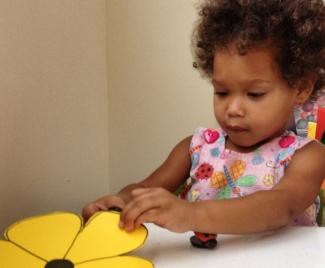
Improving Motor Skills
By Weatherly Landry, COTA/L
- Shortened writing utensils to improve grasp.
- Placing cheerios in small containers such as ice cube trays to promote pincer grasp.
- Indoor obstacle courses for following directions and increasing full-body coordination.
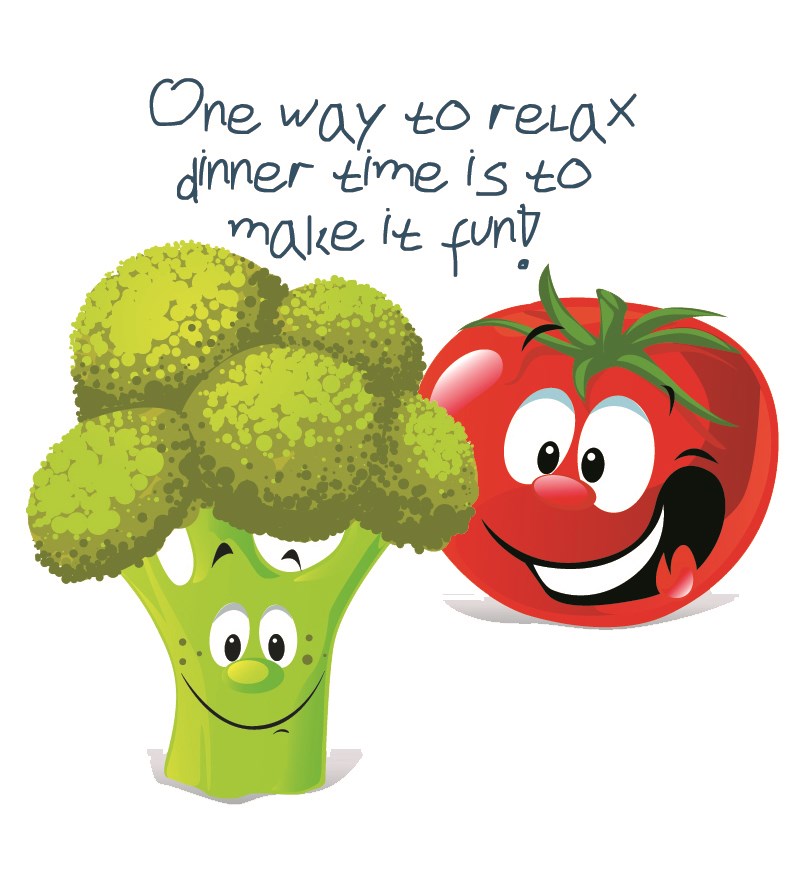
Make Dinner Time Fun...
By Colleen Rose, ORT/L
Dinner time can quickly become stressful if your little one is a picky or problem feeder. One way to relax at dinner time is to make it fun! Make sure your child has one preferred food at every meal, so they have something to eat, then use the other food as toys. Give your little one his or her favorite pizza or hot dog but talk about how green the broccoli is, how it looks like a tree, how the top is different from the bottom. You can put pieces of the hot dog in the broccoli to make birds flying into the tree, turn the broccoli into a rocket ship and blast off to planet vegetable. This playfulness will spark your child's sense of play and natural curiosity. You'll be surprised what they may try when they're "just playing".
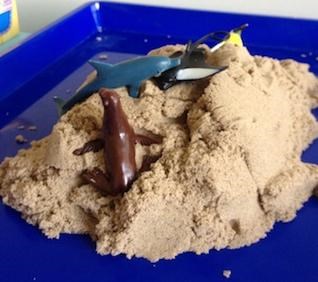
Make learning fun with Kinetic sand
By Laurel Thornton, OTR/L
Kinetic sand recipe: Mix 4 cups sand with 2 cups cornstarch, then add water until you get the consistency you like. Use cookie cutters or cups to make shapes and build sand castles. Hide plastic letters and make words from them or practice writing the letters on paper once they are found. Great sensory experience as well as hand strengthener.
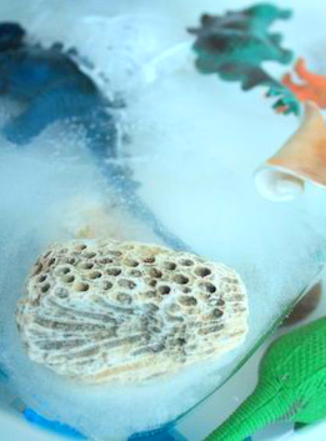
Tips for hot days...
By Weatherly Landry, COTA/L
- Freeze miniature figurines (I've been using snakes and insects from the dollar store) in a large plastic bowl of water. After frozen, dump out the giant ice cube and use toy tools to chisel away at the "glacier" to "rescue" the animals. Great, cool outdoor activity that lets them work on upper body strength and is also engaging for children who are sensory seeking.
- Draw, or have children draw, large targets on pavement with sidewalk chalk. Fill a bucket with water and sponges and let children throw wet sponges (also available in bulk from dollar store) at targets. You can assign each target a different amount of points for older kids to add up when they are done. Uses fine motor and shoulder strength and visual motor coordination. And, just fun!
- Use water balloons on large spoons to create a summertime version of an egg race. Great for balance!
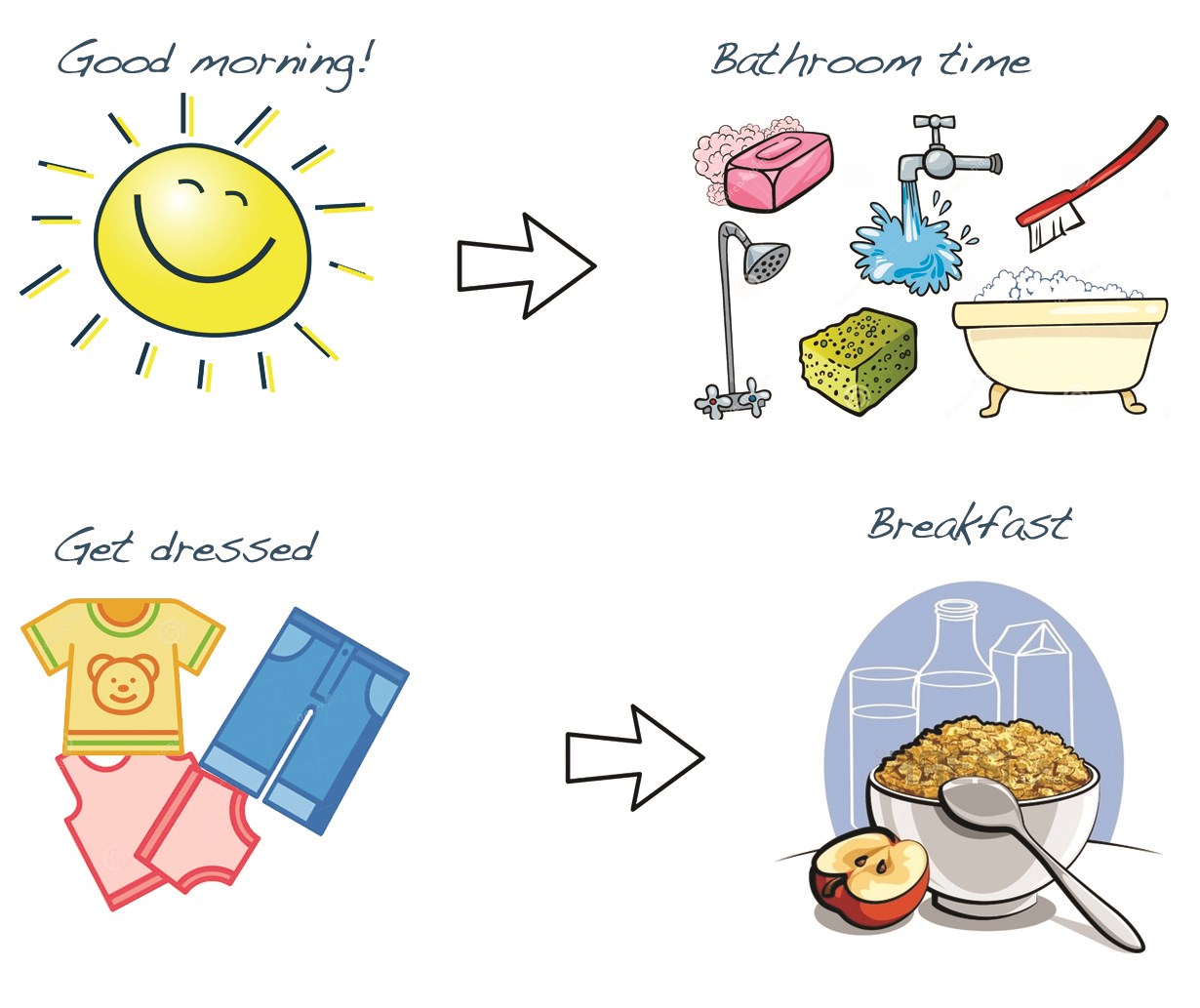
Visual Schedule
By Colleen Rose, ORT/L
A great way to help transition your child to different activities or places, or help them get through a difficult task, is to provide a "visual schedule". This can be pictures or words that let your little one know what is next and when they can access their favorite toys/activities. This gives them independence and helps their self-esteem by giving them the tools to know where to go, what to do and the comfort of knowing that right after they finish their homework they can play with their favorite toy.
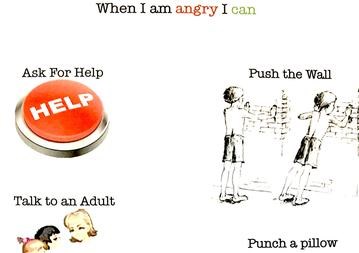
Visual support...
By Colleen Rose, ORT/L
Some of our superstars are working hard on finding good coping strategies when they get angry, sad or overwhelmed. We've made visual supports to help our kiddos become more independent in making good choices. The pictures are great because they act as a gentle reminder, are mobile and can be used in place of a discussion. We use clipart pictures and words for our older kiddos but you could easily just use pictures for younger kids.
